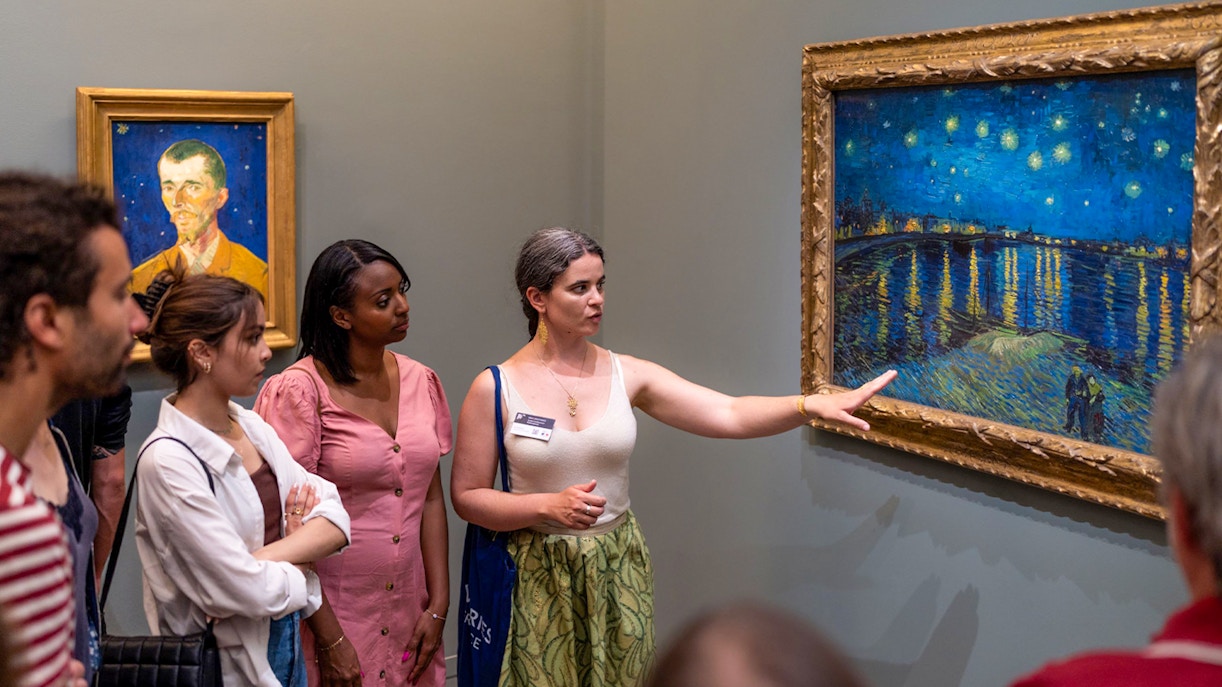Brief history of Orsay Museum in Paris
1615-1699: Land opposite Louvre/Tuileries was sold & mansions were built post-Marguerite de Valois.
1708-1799: The Seine quay was approved & construction was delayed until Napoleon.
1810-1838: Cavalry barracks was transformed into Palais d’Orsay (Court of Accounts, State Council).
1871 - 1899 - The Palais d’Orsay succumbed to fire during the Paris Commune.
1900 - Architect Victor Alexandre Laloux designed the Gare d’Orsay railway station for the 1900 World Fair.
1939: Gare d'Orsay ceased main line railway operations due to modernization.
1975 - 1977 - Approval to transform the station into a museum was granted; Gare d’Orsay gained historical building status.
1980 - 1989 - The museum expanded with art collections from the National Museum of Modern Art, Jeu de Paume, and Louvre, with decorative arts, architecture, and photographs.











